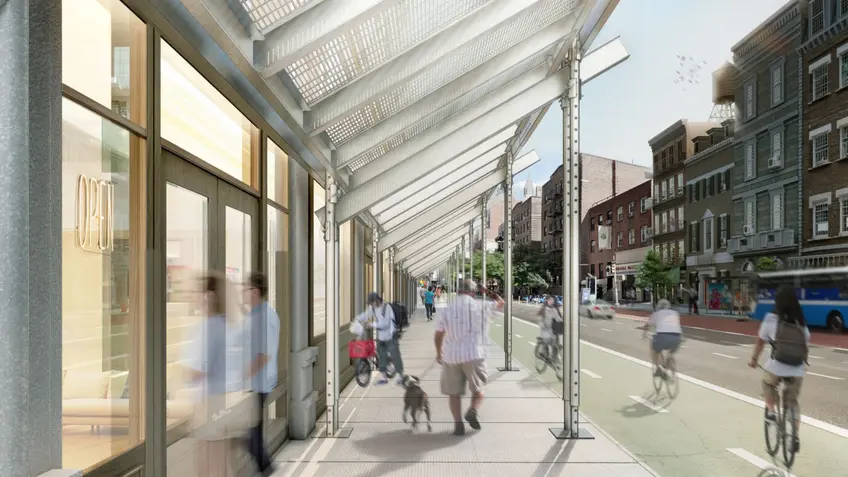 Quite an improvement on its predecessors! (Baseline Shed, PAU)
Quite an improvement on its predecessors! (Baseline Shed, PAU)
Before Thanksgiving 2025, Mayor Eric Adams and NYC Department of Buildings Commissioner Jimmy Oddo revealed six revamped designs for sidewalk sheds to be used at construction projects in the five boroughs. They hired architecture firms Arup and Practice for Architecture and Urbanism (PAU) to reimagine how to protect the public from the hazards associated with construction sites in February 2024, and three designs from each were unveiled.
PAU's designs start with the premise that one size does not fit all for construction projects in the city. The Speed Shed, with an angled roof and netting to let natural light on the sidewalk, is easy to install for emergency repairs, and to move when these are complete. The Baseline Shed is adaptable enough to accommodate a wide variety or construction projects and sidewalk dimensions, and features an angled, transparent roof that lets light in on the sidewalk. And with its well-spaced heavy-duty columns, the Wide Baseline Shed
is suited for projects on wide sidewalks on major thoroughfares.
In this article:
Each of Arup's designs use modular components and standard construction techniques that allows for greater flexibility and scalability than the current models. A light-duty Air Shed can be anchored to buildings for facade repair and window replacement projects with next to no impact on pedestrians. The Flex Shed's easily adjustable platform heights and column placements allow it to easily work around sidewalk obstructions like street signs and bus shelters. The Rigid Shed was designed to accommodate major projects like high-rise construction, but features a small sidewalk footprint and minimal obstruction for pedestrians.
The city expects to see all six new designs on sidewalks as early as 2026. The New York Times notes that there are no plans to phase out the green sidewalk sheds, but they may fade into obsolescence if the other designs prove more popular.
Also starting in 2026, new enforcement measures will hold property owners accountable for timely facade and construction work that necessitates sidewalk sheds. These will include monthly Public Right of Way penalties of up to $6,000 for sheds standing longer than 180 days, penalties for owners who miss repair deadlines, and an expanded Long Standing Shed Program that targets sheds in place for three years or more with stricter court enforcement. The permit length for sidewalk sheds has also been shortened from one year to three months.
It all serves as a continuation of “Get Sheds Down,” an overhaul of rules to remove scaffolding more quickly and redesign those that are still needed. In May 2024, the Department of Buildings embarked on an in-depth review of the city’s Facade Inspection and Safety Program, also known as Local Law 11 inspections. This program requires building owners to inspect their facades and mitigate any hazards, but critics say it does not do enough to encourage repairs, which results in sidewalk sheds staying up longer.
When Get Sheds Down was launched in July 2023, New York City was home to approximately 9,000 active construction sheds. Collectively, the sidewalk sheds adjacent to these sites covered approximately 2 million linear feet or nearly 400 miles of sidewalk space. While these sheds unquestionably protect New Yorkers from falling bricks during façade repairs and can provide convenient cover in inclement weather, over the past two decades, they have rapidly expanded, contributed to increased building fees, and become a citywide eyesore that many residents, all the way up to Mayor Adams, have come to despise.
Studies have emerged to prove the unpopularity of sidewalk sheds. In August 2024, a study commissioned by New York City and conducted in cooperation with Mastercard found that cardholders spend $3,900 - $9,500 less each month at businesses located in buildings with sidewalk sheds. The study found restaurants and bars to be the most impacted, reporting decreases in weekly transactions as high as 9.7% in the six months following shed construction.
Ever since Get Sheds Down launched, over 15,200 total sheds have been removed, including 1,663 that have been up for three years or more. This represents a 10% net reduction across the five boroughs, but sheds remain a city nuisance. This article drills down on how New York became a sidewalk shed city, how these structures impact building fees, and how the city's new permitting system may help reduce sidewalk sheds citywide.
How New York became a sidewalk shed city
Sidewalk sheds didn't always dominate New York City. The sheds started to proliferate after the introduction of Local Law 10—the city’s first façade ordinance. The law was introduced in 1980, less than a year after a brick fell from a building in Morningside Heights, killing a freshman at Barnard College. Under the ordinance law, owners of buildings were required to employ a licensed architect or professional engineer to conduct a façade inspection once every five years.At first, most façade inspections were conducted somewhat haphazardly, with inspectors often scanning buildings through a pair of binoculars from the sidewalk or an adjacent building. Over time, requirements for façade inspections became increasingly stringent. Today, façade inspections must include a hands-on inspection. As a result, even facade inspections now require buildings to construct a sidewalk shed. If the building ultimately requires façade repairs, the sidewalk shed must stay up much longer (on average, close to two years). But sidewalk sheds aren’t simply required when a building is undergoing a façade inspection or repair. If a building requires a façade repair, the sidewalk shed must remain in place even if the work stalls. Sidewalk sheds are also required next to all construction and demolition sites. Given the surge in new developments, including new condo developments, over the past decade, it is no surprise that sidewalk sheds are now a common sight citywide.
Would you like to tour any of these properties?
Just complete the info below.
Or call us at (212) 755-5544
Shed locations and lifespan
According to the Active Sidewalk Shed Permit map, most sheds are located in Manhattan (this reflects the high level of new development in the borough and the fact that buildings in Manhattan are more likely to be 40 feet or higher and require a sidewalk shed).Despite rolling out "Get Sheds Down" in 2023, as of March 2025, the average lifespan of a sidewalk shed was still 500 days, and many sheds stay up for much longer. Over 1,000 of the city's current sidewalk sheds have been standing for over three years, and close to 300 have been in place for five years or longer.
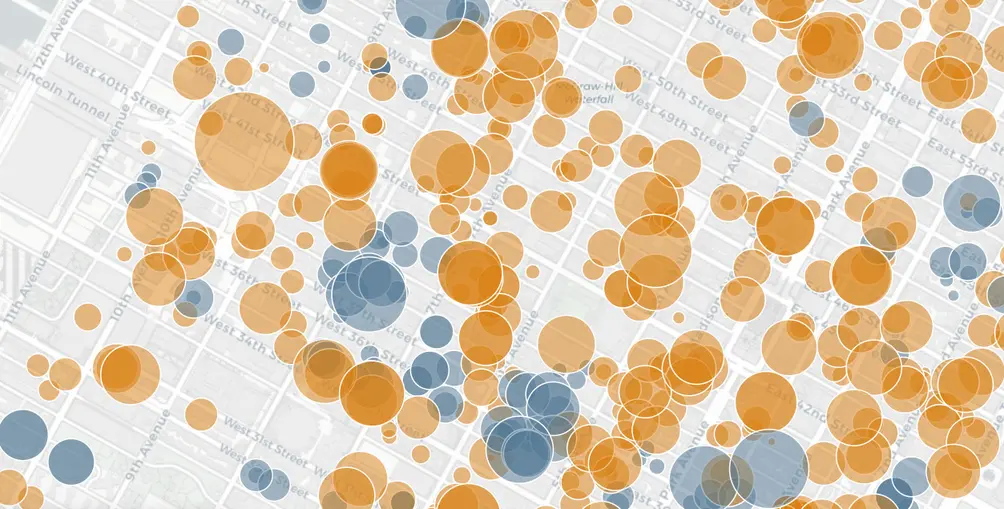 Detail from the Active Sidewalk Shed Permit map from January 1, 2024
Detail from the Active Sidewalk Shed Permit map from January 1, 2024
Permits and Inspection
Buildings must apply for a permit before constructing a sidewalk shed, but there is one exception. If there is an immediate threat to the safety of pedestrians (e.g., there has been a fire and the building is at risk of collapse), the building may construct a shed and apply for the permit retroactively, though it must be within 24 hours.Until 2023, sidewalk shed permits were issued for 12 months. In an effort to reduce the time sheds remain in place, the city now issues permits for just 90 days. In addition, as in the past, the city plans to continue issuing fines of up to $8,000 for sidewalk sheds that stay in place after the expiration of a permit. Unfortunately, to date, none of these efforts have had a visible impact on the city's sidewalk shed problem. According to local building managers, the problem is related to the city’s inspection system.
Once a façade repair or other construction project is complete, buildings can’t immediately remove their sidewalk shed. First, they must get permission from the city—a process that entails visiting the DOB Now site, providing a DOB NOW Sidewalk Shed (SH) job number, and indicating whether the request is for a full or partial sidewalk shed removal. After the request is submitted, the Construction Safety Compliance Unit must schedule and complete an inspection. Unfortunately, inspections can take over a month to complete due to backlogs.
Is there a light at the end of New York City’s sidewalk shed tunnel? "Get Sheds Down" appears to be a step in the right direction. In December 2023, the city removed New York's longest-standing sidewalk shed at Harlem landmark 409 Edgecombe Avenue, which had been in place for 21 years, and others throughout the city are on the way down as well. But given the number of new required façade inspections and repairs each year and the city’s development activity, it seems likely that New York City will remain a sidewalk shed city for many years to come.
The cost to buildings
Although necessary, sidewalk sheds can pose a financial burden to buildings, especially those with substantial sidewalk frontage. According to Rand Engineering and Architecture, the average cost of sidewalk sheds is $125 to $150 per linear square foot for the first three months and approximately 6% of the initial installation cost after the first three months. Since sheds must extend beyond the building's frontage, a building that is 100 feet wide would require a 140-foot-long sidewalk shed. At $150 per linear foot, the initial cost would be $21,000, the monthly cost would be $1,260 per month for the first three months, and after that, the building would pay $7,560 every six months to keep the shed in place.Given that the average lifespan of a sidewalk shed is 511 days or roughly 17 months, the expected cost of installing a shed on a building with 100 linear feet of sidewalk frontage would be over $42,000. Buildings with additional sidewalk frontage and those that require longer repairs can accrue much higher costs.
The costs of residential building inspections are typically passed on to tenants in the form of assessments added onto what can already be high monthly condo and co-op fees; the longer the sidewalk sheds are up, the longer the assessment lasts. However, some sellers are aware of what an deterrent this may be to buyers, and are prepared to offer incentives to help with the assessment. Others make sure to mention when a building has recently completed Local Law 11 repairs, assuring residents that an assessment for this is not likely in the near future.
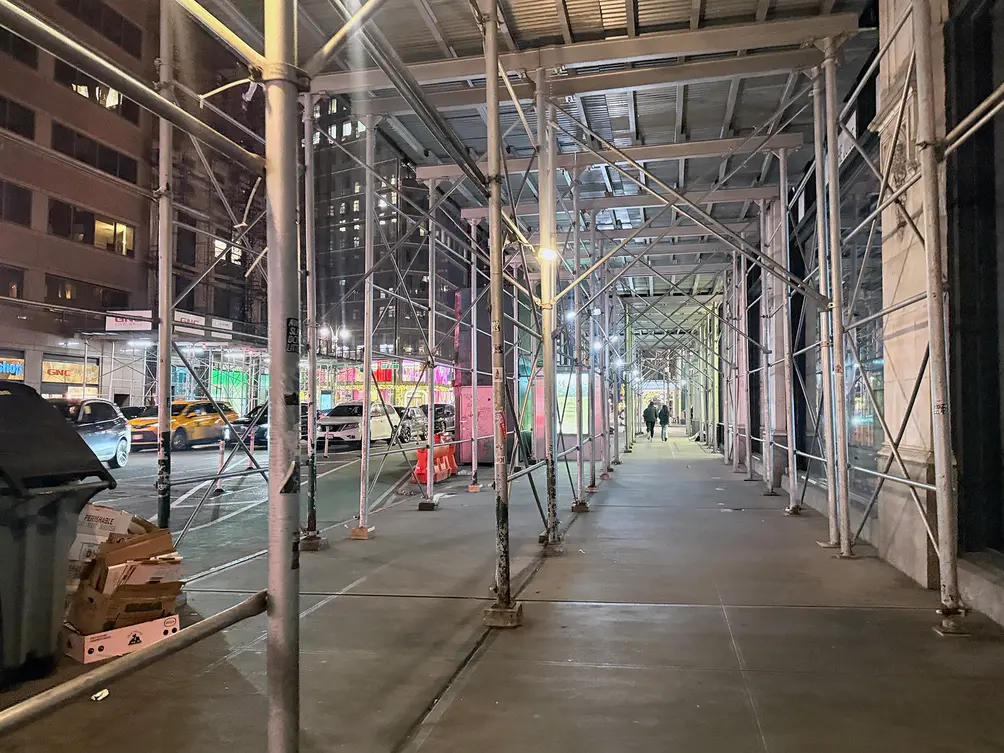 The miles of scaffolding found throughout Midtown
The miles of scaffolding found throughout Midtown
Local Law 11 recently completed
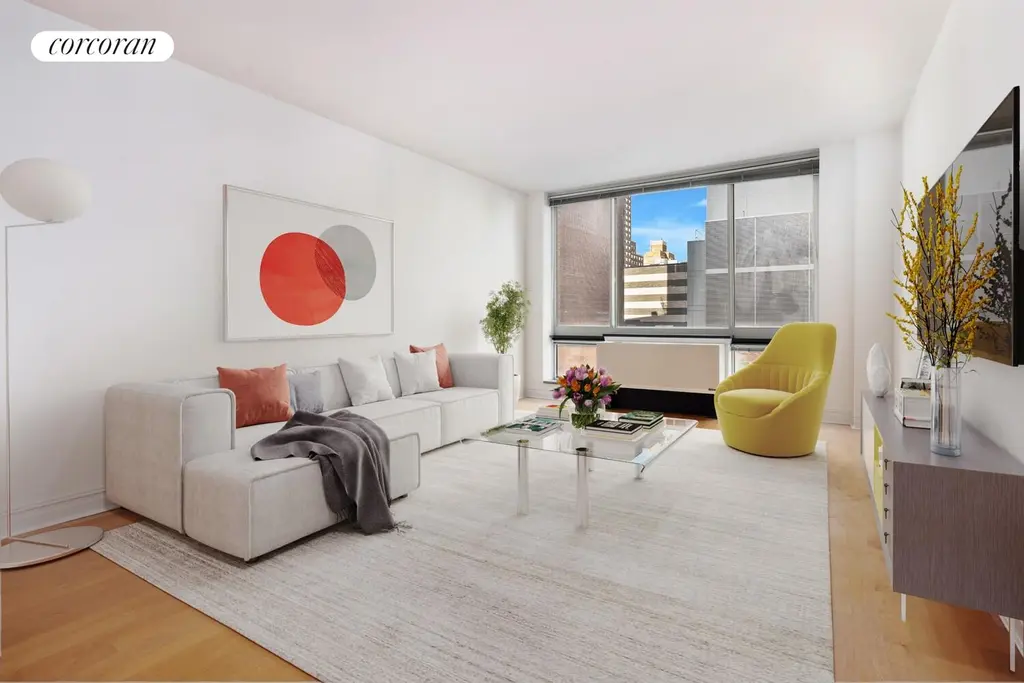
Bridge Tower Place, #5F (Corcoran Group)
125 East 74th Street, #2B
$945,000 (-5%)
Park/Fifth Ave. to 79th St. | Cooperative | 1 Bedroom, 1 Bath
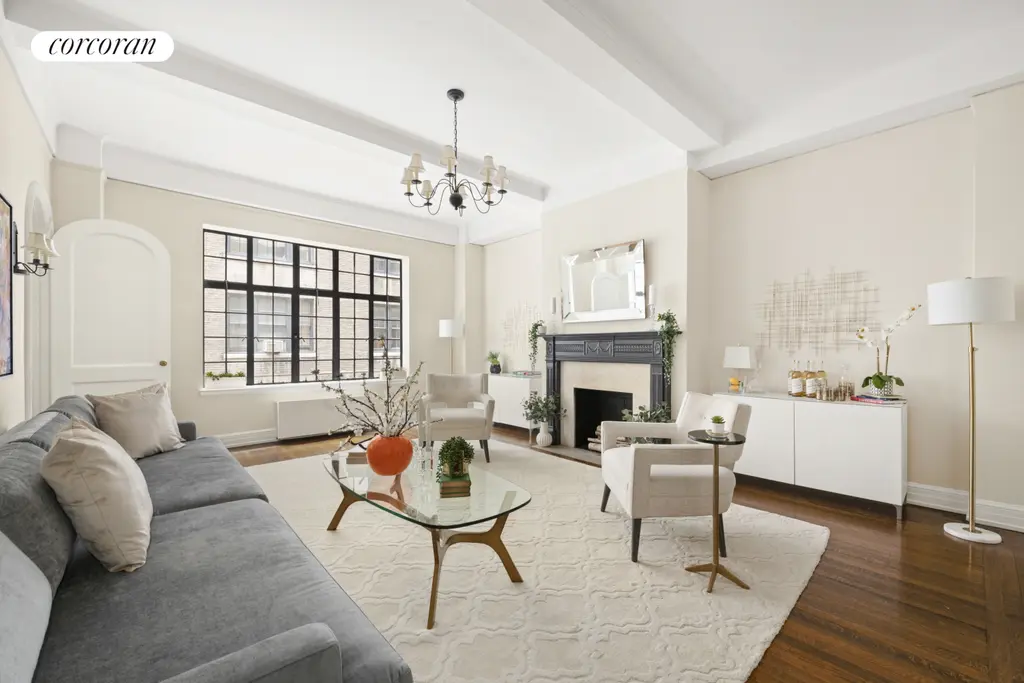
125 East 74th Street, #2B (Corcoran Group)
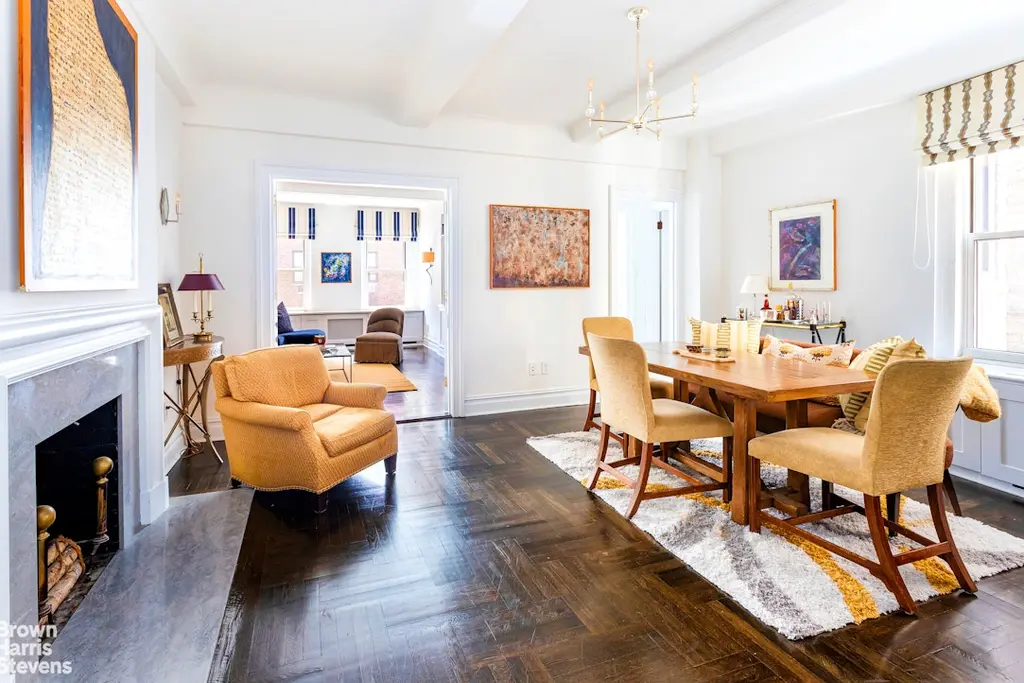
155 East 73rd Street, #7B (Brown Harris Stevens Residential Sales LLC)

Chelsea Green, #6B (Compass)
The Westbury, #9A
$9,995,000
Park/Fifth Ave. to 79th St. | Condominium | 3 Bedrooms, 3.5 Baths | 3,023 ft2
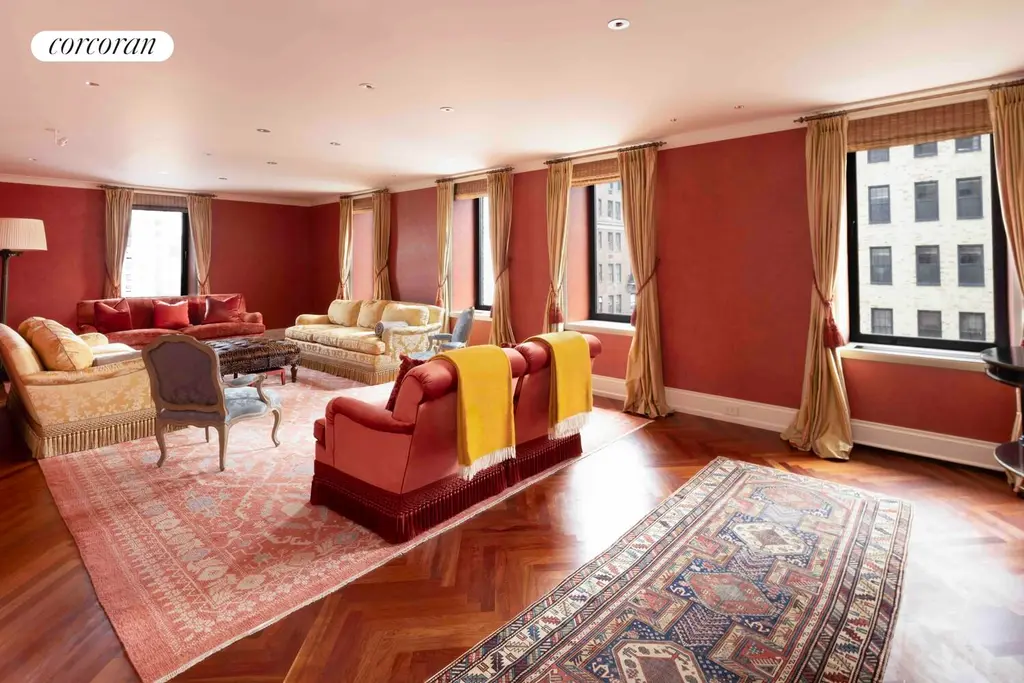
The Westbury, #9A (Corcoran Group)
Would you like to tour any of these properties?
Just complete the info below.
Or call us at (212) 755-5544
Would you like to tour any of these properties?

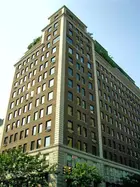
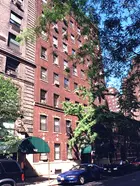
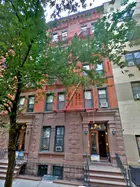
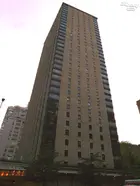

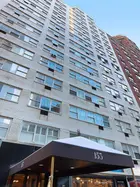
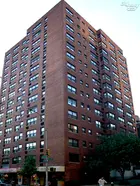
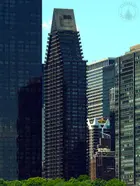
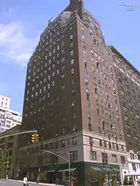
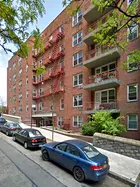
 6sqft delivers the latest on real estate, architecture, and design, straight from New York City.
6sqft delivers the latest on real estate, architecture, and design, straight from New York City.
